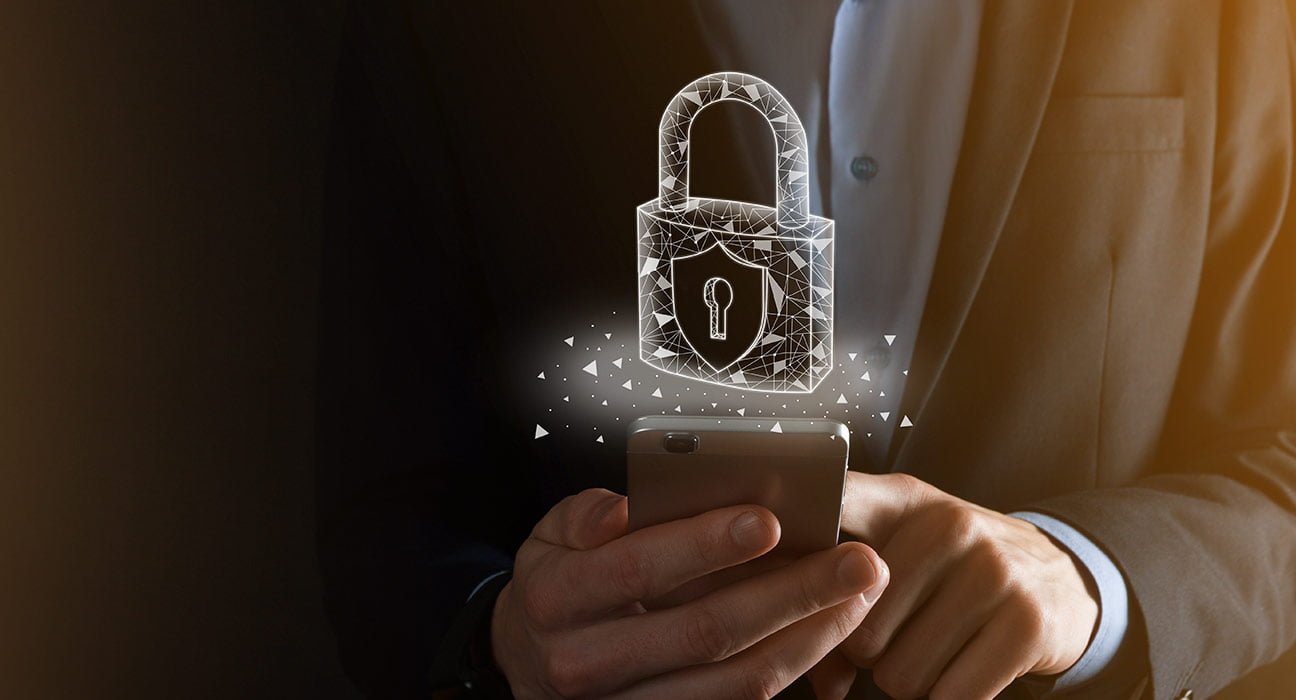Privacy isn’t fair dodging individuals; rather, it is the capacity or state of constraining others from getting into one’s private space. Cases of this incorporate controlling others’ input by utilizing physical or other obstructions (such as doors or segments) or controlling one’s own output when communicating with others.
A few have conceptualized privacy as a state that can alter depending on the circumstances, as well as an identity characteristic that a person has. Supporting a certain level of control over our social interactions is basic to our mental well-being.
Need for privacy
- Privacy encourages the limitation of the discharge of individual information to the advanced world, which is more developed in terms of technology.
- One of the most excellent tools for reflection is privacy. The suppositions and perspectives of others do not impact one’s claimed thoughts, feelings, and activities, which promotes reflection and helps in distinguishing them.
- A group’s social status divisions are maintained in proportion to privacy. For instance, in the armed forces, officers with the most noteworthy rank are more likely to live in private quarters separated from the military foundation.
- Regularly, covering up for privacy could be a strategy for surviving within the company of an excruciating person. In such a circumstance, finishing the relationship would be fundamental to avoid conflict in case the diversion and privacy relief were inaccessible.
- Privacy licenses experimentation in secret. For instance, there’s witness to the young customs of drinking or smoking in their locked rooms.
Types of privacy
Westin (1967) recognized four distinct types of privacy: solitude, intimacy, anonymity, and reserve.
1. Solitude
Just “isolating from others” and savoring “the me time” is what solitude involves. The ability to detach oneself from others is referred to as solitude.
2. Intimacy
Separation with a little bunch to establish close contact with companions, family, and colleagues without the interference of undesired others is alluded to as intimacy.
3. Anonymity
Anonymity can be illustrated in two ways: either appearing in the open where one can be watched by others, but not recognized or observation by others and in this manner not being held to act in a socially anticipated way, or anonymity can be doing something freely but with no way of being
distinguished (e.g., an editorial within the newspaper by an “anonymous” author). For e.g., when public figures like lawmakers, movie stars, and professional athletes need to go out to dinner with their families or take a stroll in privacy, they discover it troublesome to achieve anonymity.
4. Reserve
The fourth form of privacy, known as “Reserve,” involves individuals guarding against unauthorized access by controlling the sum and sort of personal information they reveal or withhold.
In order to measure the need for privacy, Buss (2001) developed the Privacy Questionnaire (Buss-PQ). The three components of the Buss-PQ are:
People have a preference for personal space, choosing isolation over physical contact with others. Individuals fear being surveilled in private circumstances, leading to a desire for concealment. People want to draw a boundary between themselves and others by practicing self-disclosure. In active voice, this sentence would be: “All of these factors positively associated with shyness and emotional loneliness. Trepte and Masur (2017) proposed the Need for Privacy Questionnaire (NFP-Q).
It comprises of 3 components:
Informational privacy (e.g., I lean toward remaining mysterious; I do not need my information to be publicly available); physical privacy (e.g., I do not like to sit following to outsiders on the bus or train; I find it awkward to discuss personal matters); and interactional privacy (e.g., I discover it troublesome to talk around myself; I feel uncomfortable when others unveil sensitive data about their lives).
Is excessive privacy destructive?
Protection can fulfill the mental need for protection from others, but it can struggle with the requirement for social interaction. Lack of social ties that advance interaction with and acknowledgment from others can cause stretch.
Anxiety and depression are two negative psychological and physiological impacts of self-concealment. It can be exceptionally troublesome to deliberately control the expression of one’s thoughts, sentiments, and behaviors, and it can in the long run cause physiological stress to the body.
Besides, hiding one’s genuine sentiments, contemplations, or desires makes them away from who they genuinely are. People lose the chance to show off their skills, imperfections, and genuine sense of connection when they act in this way. As a result, there may be noteworthy impacts on an individual’s sense of personality, beliefs, and social support.
Our capacity to both hold back and affiliate helps to preserve who we are. There is a need to balance the amount of disclosure to information and the protection of privacy. The writer has written this article to provide the readers with interesting and engaging information.













Leave feedback about this